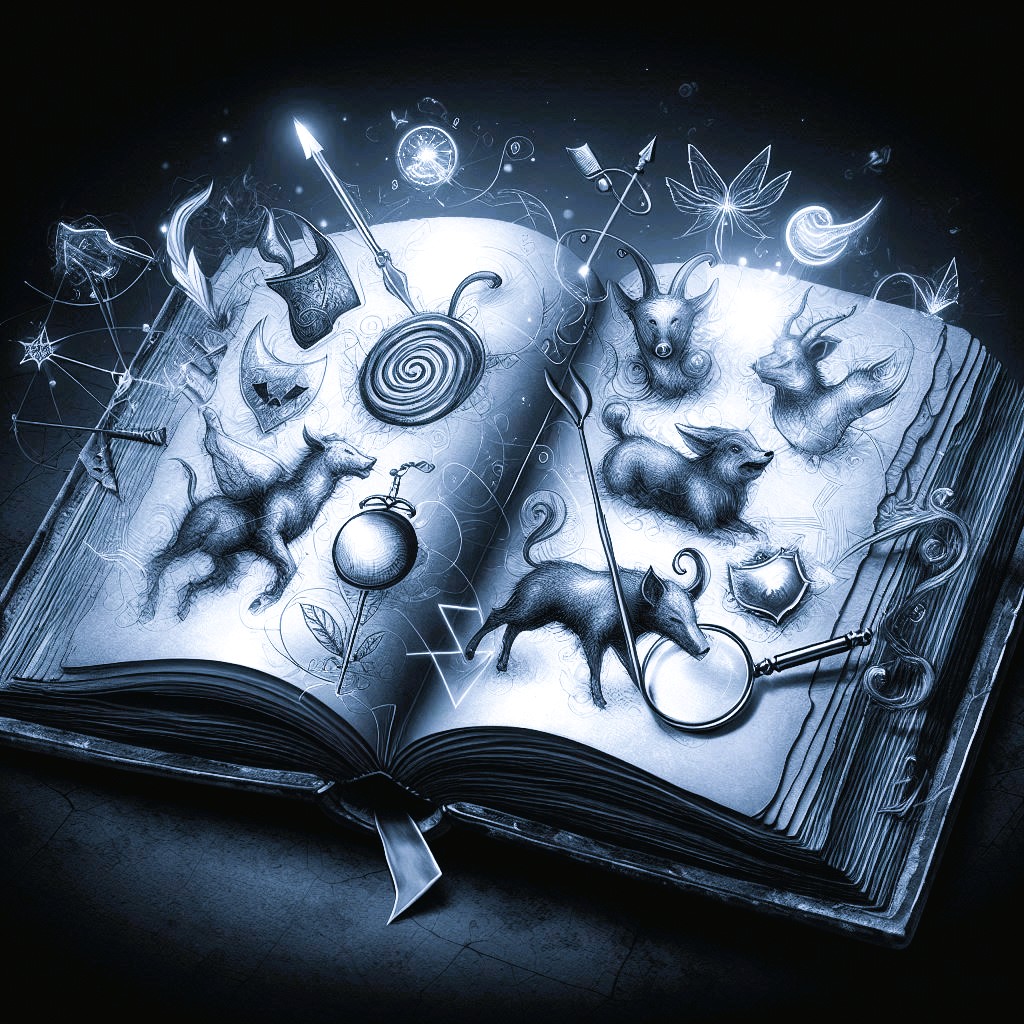Beyond the checklist – why we need storytelling to truly master risk

Unlocking timeless wisdom: How classic tales illuminate modern risk management through engaging storytelling.
In today’s changeable and interconnected business landscape, effective risk management is no longer a niche discipline; it’s a fundamental pillar of organisational resilience. Yet, for many, the world of risk management can feel daunting – a complex space of frameworks, matrices, and technical jargon. How do we move beyond the checklist and truly embed risk awareness, understanding and proactive behaviour into the very fabric of an organisation?
At Imergo, we believe the answer lies in something far more ancient and deeply human than any modern framework: the power of storytelling.
The challenge: When risk gets lost in translation
We dedicate significant resources to identifying, assessing and mitigating risks. But the critical bridge often missing is effective communication. Dry reports, overwhelming data, and abstract concepts can fail to resonate with the wider workforce, leaving critical insights confined to specialist teams. This is where the vital skills of risk literacy (the ability to understand and interpret risk information) and risk oracy (the ability to articulate and discuss risks effectively) often fall short.
If people don’t truly grasp the why behind a policy, the consequence of a shortcut, or the potential impact of an overlooked detail, even the best-designed risk frameworks remain theoretical.
The power of narrative: Making risk memorable and meaningful
This is where the timeless wisdom of fairy tales, Aesop’s fables and other myths enters the picture. These stories, familiar since childhood, possess an extraordinary ability to:
- Simplify complexity: They strip away jargon, presenting universal truths in easily digestible narratives. A cautionary tale about a wolf is far more visceral and memorable than a paragraph on “external threat vectors.”
- Enhance memorability: We are hardwired for stories. Lessons delivered through narrative stick with us far longer than bullet points or abstract definitions. The consequences faced by a foolish hare or a trusting little girl become ingrained warnings.
- Foster shared understanding: These common cultural touchstones provide a universal language for discussing sensitive topics. Everyone, regardless of their role or technical background, can grasp the core lesson from a story about a golden goose or a boy who cried wolf.
- Drive behavioural change: By illuminating cause and effect in a compelling way, stories can inspire genuine shifts in behaviour, making individuals more vigilant, more cautious, or more collaborative.
From the importance of due diligence to the perils of overconfidence, from the need for robust planning to the dangers of squandered credibility, these seemingly simple tales offer profound insights into the human element of risk management.
Setting the scene: A tale at a time
Over the coming weeks and months, we’ll be embarking on a journey through these rich narratives. We’ll revisit a familiar tale – be it an Aesop’s fable or a classic fairy tale – and unpack its surprising relevance to the contemporary challenges of risk management and governance. We’ll explore:
- Why the strategic patience of The Tortoise often triumphs over the overconfidence of The Hare.
- How The Goose That Laid the Golden Eggs warns against the short-sighted risks of greed.
- The critical governance lessons from The Frogs Asking for a King about leadership choices.
- Why the true vulnerability of Little Red Riding Hood lay in underestimating threats, rather than just wandering off the path.
- The nuanced wisdom of The Fox and the Hedgehog in choosing between known discomfort and unknown perils.
- And how the Boy Who Cried Wolf reveals the devastating cost of eroding trust, particularly in whistleblowing.
These stories aren’t just for children; they are powerful, practical guides for leaders and teams navigating the complexities of modern business. They offer an engaging, memorable pathway to truly embedding risk literacy and oracy across your organisation. Join us as we peel back the layers of these timeless tales, proving that the most profound lessons in risk often come wrapped in the simplest stories.












